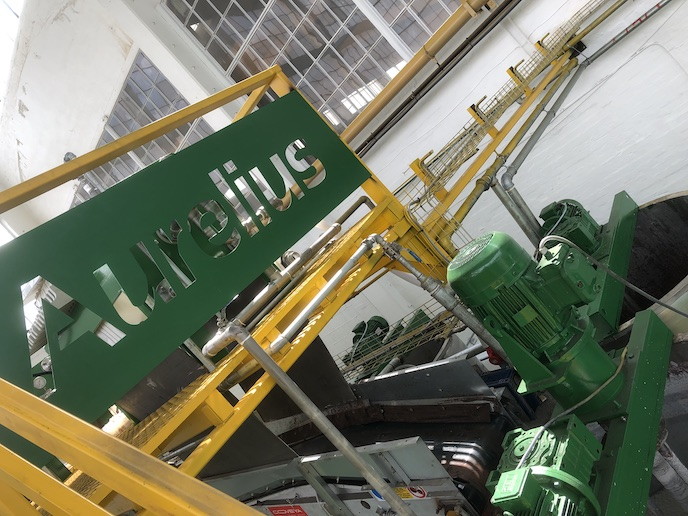A revolution for Lead Acid Batteries recycling
Lead Acid Batteries (LABs) are vital for reliably powering many devices. Globally, the LAB market is anticipated to reach USD 95.32 billion by 2026(opens in new window), with Europe having the second biggest market share. It has been estimated that while European waste LAB recycling rates are as high as 95 %, the current smelting process is extremely polluting, energy inefficient and expensive. It also misses the opportunity to recycle the redundant lead into active lead oxide paste, reusable as the essential ingredient for more LABs. NUOVOpb, an EU-supported project, successfully separated the spent materials from LABs, ‘recovering’ them in a water-based recycling process to produce ‘battery ready’ lead oxide. The process offers a start-up cost around one seventh of existing LAB recycling and a comparable operating cost to existing recycling methods. This technology has no toxic emissions and can be considered ‘energy positive’ because it generates up to 5 000 MWh of thermal energy. The NUOVOpb technique (marketed as FenixPB)(opens in new window) also offers an 80-89 % carbon footprint reduction. The hydrometallurgical process Conventional recycling uses high-temperature smelting at around 1 200 degrees Celsius to yield 98 % molten lead metal and slag, which also produces high levels of nitrogen oxide (NOX), sulphur oxide (SOX) emissions and lead fume, which must be controlled by gas treatment systems. After refinement, most lead is returned to the LAB manufacturing cycle. As well as the environmental impact, this process is energy and capital intensive. The NUOVOpb approach desulphurises the battery paste before passing it through a series of chemical treatments in water-based solutions. The lead is firstly dissolved to extract impurities and then the pure lead salts are transferred to a final chemical reaction with citric acid, forming a pure Tri-Lead citrate crystal. “The beauty of the first to second stage reaction is that one principal reagent is fully recycled in the process with only the citric acid consumed at stoichiometric ratios making it all highly cost efficient,” says project coordinator Mr Miles Freeman. A thermal process is then used for the resulting Tri-Lead citrate to produce its own energy as it degrades to form very pure lead oxide of various compositions required by manufacturers. The project’s demonstrator has yielded a continuous flow of lead oxide as well as demonstrating that the process could be scaled up. It also showed that it could be downscaled for local clean tech recycling operations. Results showed no detectable lead oxide impurities. Benefiting consumer, business and the environment The NUOVOpb process increases the amount of recycling that can be safely undertaken in Europe, complementing existing infrastructure, without displacing jobs. Additionally, improved supply chain costs, battery performance and LAB sustainability helps keep the European industry competitive. The team intend to make the process commercially available later this year, with a key franchisee in each economic area, whether a country or group of countries. They currently have around 60 expressions of interest, with 12 key licensees under consideration. “To achieve our vision of a world without waste, we will also drive research forward on new battery designs and materials for use with our nano-structured lead oxide,” says Freeman.







